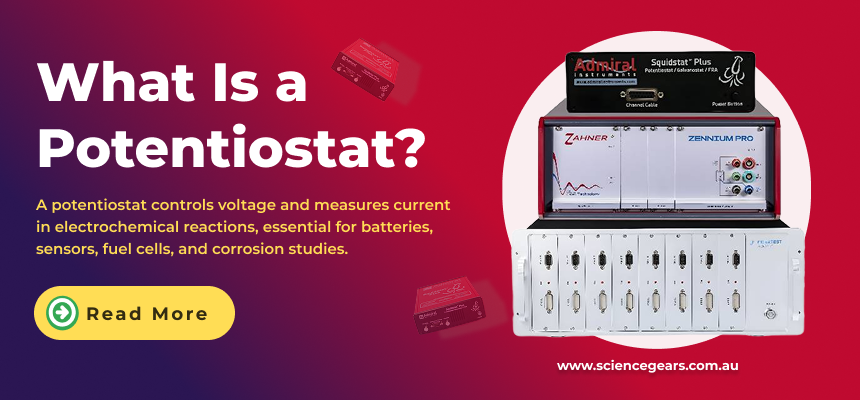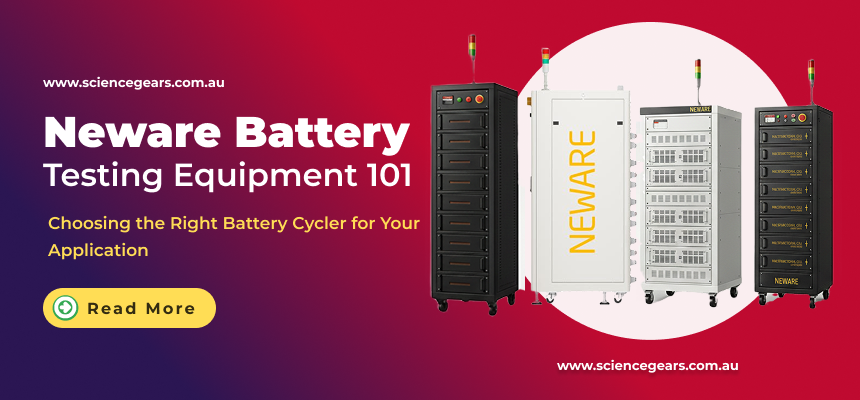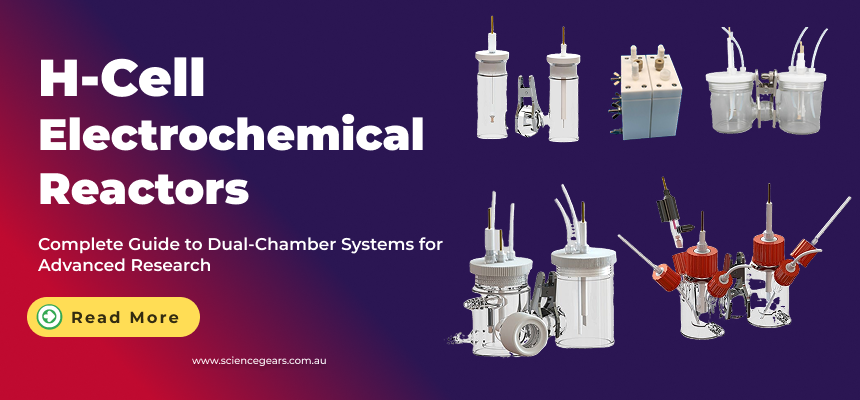A Researcher's Guide to Electrochemical Instrumentation
Introduction
A potentiostat is the heart of most electrochemical experiments. Whether you're working on batteries, corrosion science, fuel cells, or biosensors, the potentiostat enables precise control of voltage and measurement of current during redox reactions. But what exactly is a potentiostat? How does it work? And how do you choose the right one for your application?
In this article, we answer these questions in a clear and structured way — tailored for researchers, engineers, and students entering the field of electrochemistry.
What Does a Potentiostat Do?
A potentiostat is an instrument that:
- Controls the potential (voltage) between a working electrode (WE) and a reference electrode (RE)
- Measures the current flowing between the working electrode (WE) and a counter electrode (CE)
This setup is known as a three-electrode configuration. The potentiostat applies a user-defined voltage and monitors the electrochemical response, which is essential for studying oxidation-reduction (redox) reactions, material properties, and surface behaviour.
Why Use a Potentiostat in Research?
Potentiostats are vital for:
- Investigating electron transfer mechanisms
- Characterising materials (e.g., catalysts, semiconductors, biomolecules)
- Measuring reaction rates and diffusion
- Evaluating charge/discharge profiles in batteries or supercapacitors
- Studying corrosion rates and protective coatings
- Developing sensors and biosensors
Key Electrochemical Techniques
A potentiostat supports various experimental methods, including:
- Cyclic Voltammetry (CV) – A scan of voltage to study redox reactions
- Chronoamperometry (CA) – Stepping voltage and recording current over time
- Electrochemical Impedance Spectroscopy (EIS) – Applying AC signals to study system resistance and capacitance
- Chronopotentiometry (CP) – Controlling current while observing potential changes
- Linear Sweep Voltammetry (LSV) – Similar to CV but without return sweep
Learn more in our blog - Introduction to Electrochemical Techniques
- Understanding EIS – Basics and Applications
Core Components of a Potentiostat Setup
- Working Electrode (WE) – The surface where the reaction of interest occurs
- Reference Electrode (RE) – Maintains a stable voltage (e.g., Ag/AgCl, SCE)
- Counter Electrode (CE) – Completes the circuit by passing current
- Electrochemical Cell – Contains electrolyte and electrodes
- Potentiostat Device – Connects and controls all electrodes
- Software Interface – For programming, plotting, and data acquisition
Choosing the Right Potentiostat
When selecting a potentiostat for your lab, consider:
| Parameter | Why It Matters |
|---|---|
| Current Range & Resolution | Low-current capability is critical for biosensors and coatings |
| Voltage Compliance | Needed for cells with high resistance or multiple interfaces |
| EIS Capability | Required for impedance measurements and material modeling |
| Number of Channels | Single-channel for basic use, multi-channel for parallel testing |
| Interface & Software | Easy-to-use, robust data export options |
Need help selecting the right system? Explore our Potentiostats & Galvanostats or Single-Channel Models or Multichannel or Bipotentiostat RRDE Systems
Applications in Focus
Potentiostats are used in a wide variety of research and industry sectors:
- Battery and Supercapacitor Testing
- Biosensor Development with Screen-Printed Electrodes
- Corrosion Rate Monitoring in Harsh Environments
- Photoelectrochemistry and Solar Water Splitting
- Fuel Cell Electrode Characterisation
For a practical example, read: Fuel Cell Testing with Potentiostats.
Conclusion
A potentiostat is more than just a measuring device — it's a gateway to understanding electrochemical processes at the molecular level. Whether you are an electrochemist, materials scientist, or bioengineer, having the right potentiostat unlocks experimental possibilities across disciplines.
At ScienceGears, we supply research-grade potentiostats from trusted brands like Zahner, Squidstat, and Corrtest, with full support for researchers across Australia and New Zealand.







